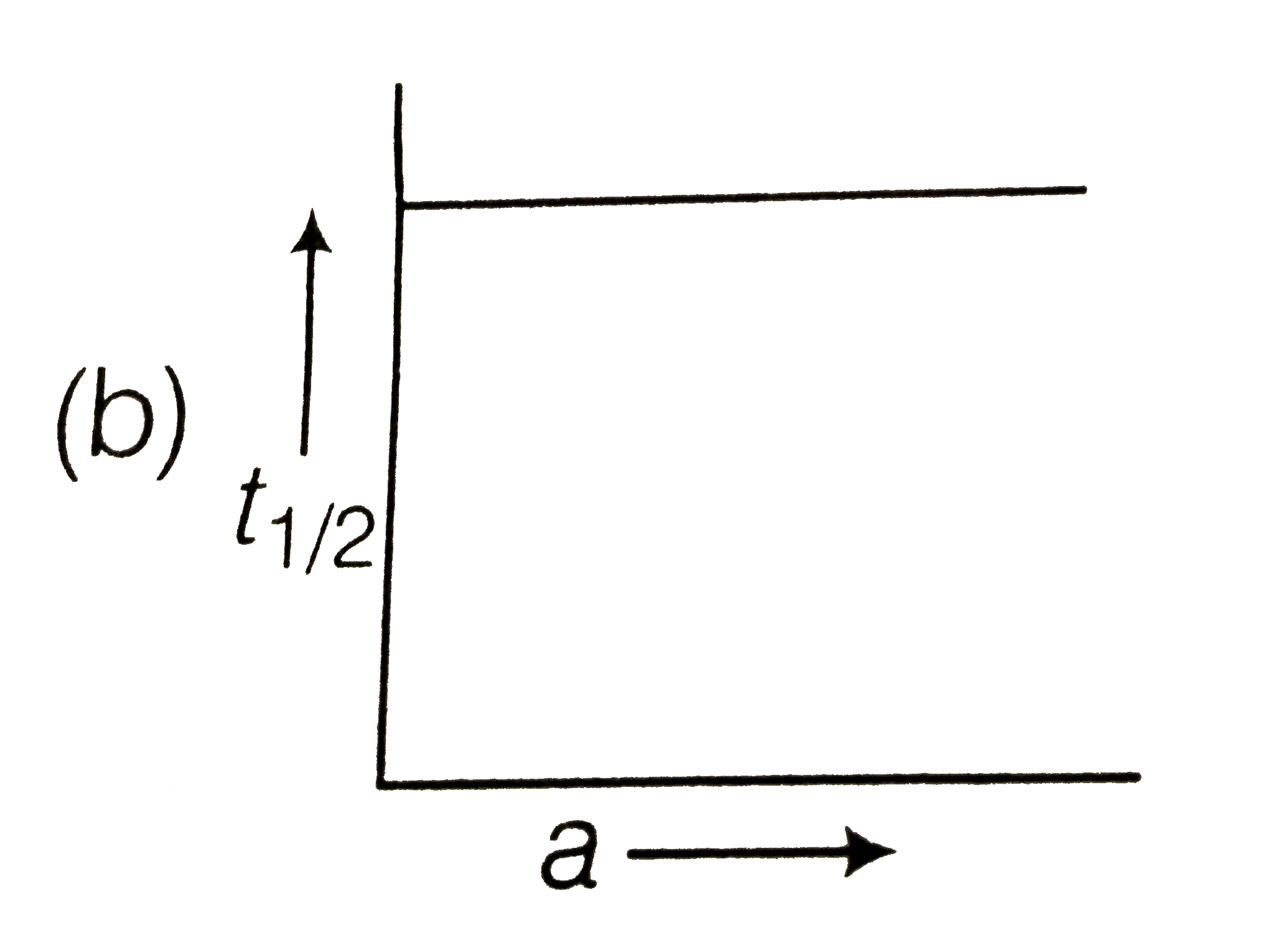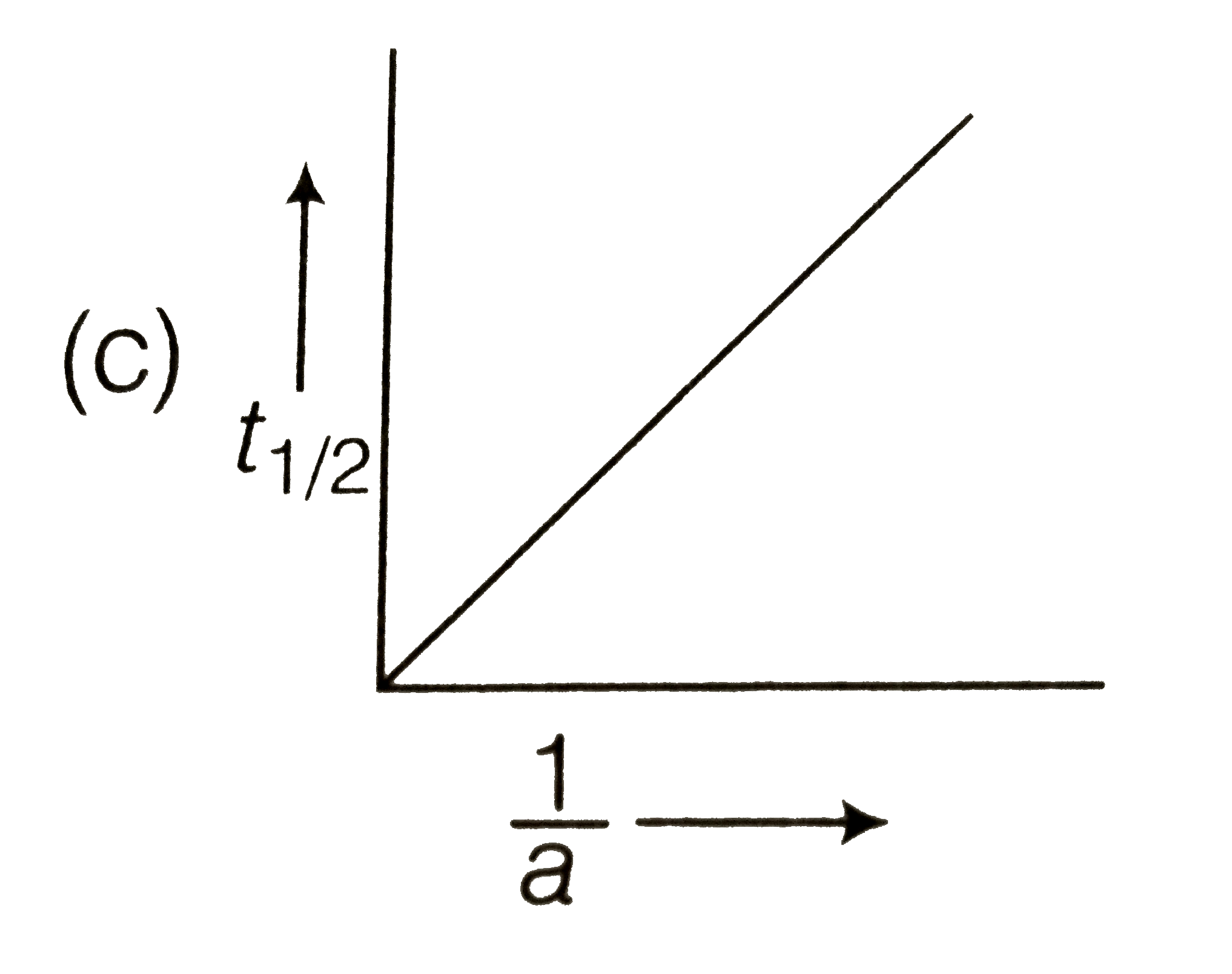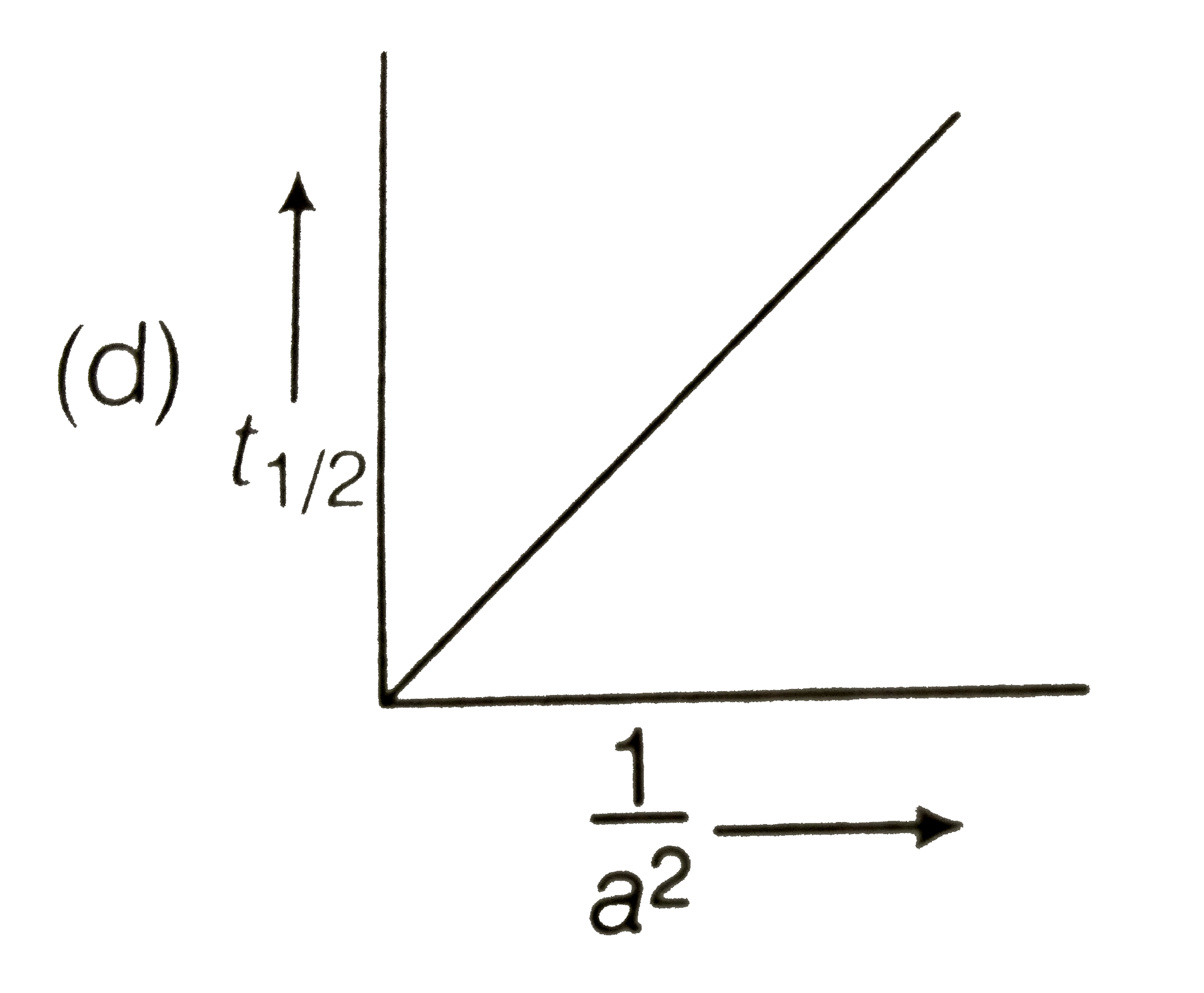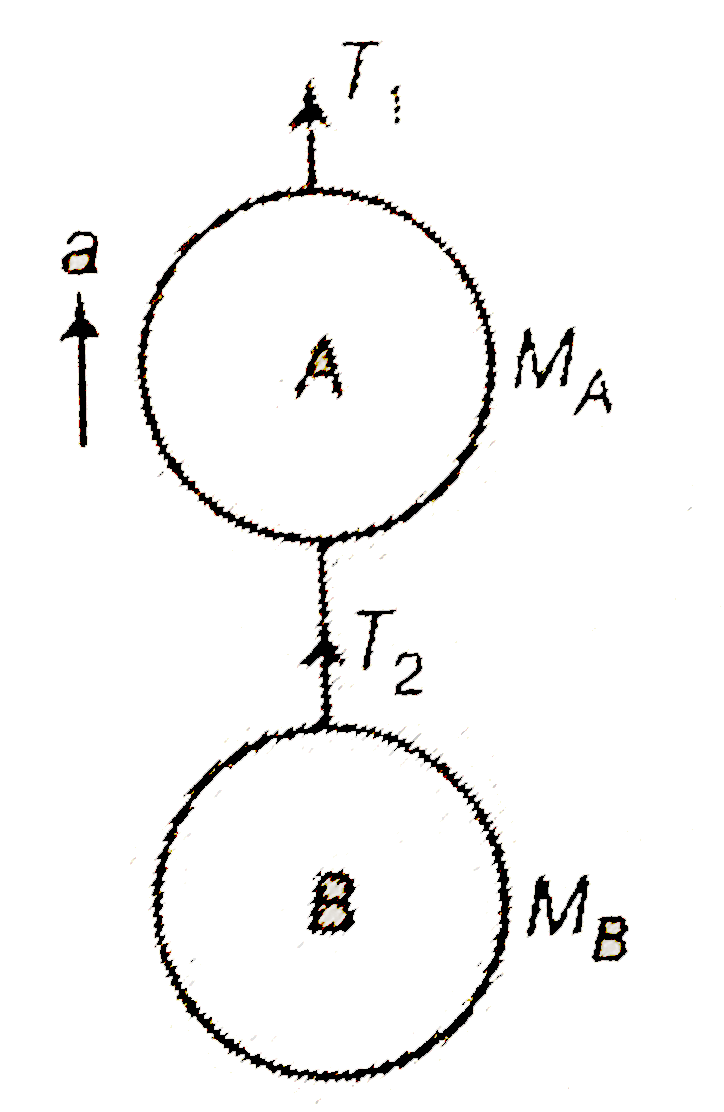Which of the following options correctly represents relationship between t7/8 and t1/2 where t7/8 represents time required for concentration to become 18th of original for a reaction of order 'n'?
t7/8=(2n+1)t1/2
t7/8=t1/2[2n−1−1]
t7/8=t1/2[2n−1+1]
t7/8=t1/2[22n−2+1+2n−1]
The correct Answer is:D
Step by step video, text & image solution for Which of the following options correctly represents relationship between t_(7//8) and t_(1//2) where t_(7//8) represents time required for concentration to become (1)/(8)th of original for a reaction of order 'n'? by Chemistry experts to help you in doubts & scoring excellent marks in Class 12 exams.
Updated on:21/07/2023Topper's Solved these Questions
- CHEMICAL KINETICSBOOK - GRB PUBLICATIONCHAPTER - CHEMICAL KINETICSEXERCISE - D. Methods to Determine the Rate Law
28 Videos
- CHEMICAL KINETICSBOOK - GRB PUBLICATIONCHAPTER - CHEMICAL KINETICSEXERCISE - E. Methods to Monitor the Progress of Reaction
43 Videos
- CHEMICAL KINETICSBOOK - GRB PUBLICATIONCHAPTER - CHEMICAL KINETICSEXERCISE - B. Rate Law
35 Videos
- CHEMICAL BONDING-IBOOK - GRB PUBLICATIONCHAPTER - CHEMICAL BONDING-IEXERCISE - Subjective Type
120 Videos
- COORDINATION COMPOUNDSBOOK - GRB PUBLICATIONCHAPTER - COORDINATION COMPOUNDSEXERCISE - SBJECTIVE TYPE
98 Videos
Similar Questions
Knowledge Check
Which of the following graphs formed plotted between t1/2 and initial concentration (a) represents a zero order reaction ?
A B
B C
C D
D
Given that for a reaction of order n, the integrated from of the rate equation is :
k=1t(n−)[10Cn−1−1Cn−10] where C0 and C are the values of the reactant concentration at the start and after tme t. What is the relationship between t3/4 and t1/2 where t3/4 is the time required for C to become 14C0?At3/4=t1/2[2n−1+1]Bt3/4=t1/2[2n−1−1]Ct3/4=t1/2[2n+1−1]Dt3/4=t1/2[2n+1+1]Which of the following expression correctly represents T1 and T2 if the system is given an upward acceleration by a pulling up mass A?
 AT1=MA(a−g)+MB(a−g),T2=MB(a−g)BT1=MA(g−a)+MB(g−a),T2=MB(g−a)CT1=MA(g+a)+MB(g+a),T2=MB(g+a)DT1=MA(g+a),T2=MB(g+a)
AT1=MA(a−g)+MB(a−g),T2=MB(a−g)BT1=MA(g−a)+MB(g−a),T2=MB(g−a)CT1=MA(g+a)+MB(g+a),T2=MB(g+a)DT1=MA(g+a),T2=MB(g+a)
For a third order reaction the ratio of t1/3andt2/3 is T [t1/x represents the time in which 1xfraction of reactant get reacted]. The value of '32 T' is :
View SolutionWhich graph correctly represents variation between relaxation time (t) of gas molecules with absolute temperature of gas T.
View SolutionFor a first order reaction A → B, find [t7/8t1/2].
View SolutionGiven that for a reaction of order n. the intergrated form of the rate equation is k=1t(n−1)[1Cn−1−1Cn−10] where C0 and C are the values after time t. What is the relationship between t3/4 and t1/2 where t3/4 is the time required for C to become 1/4C0−
View SolutionAfter 2 hr the radioactive substance becomes 1/16 th of original amount. The t1/2 in minutes is
View Solution
